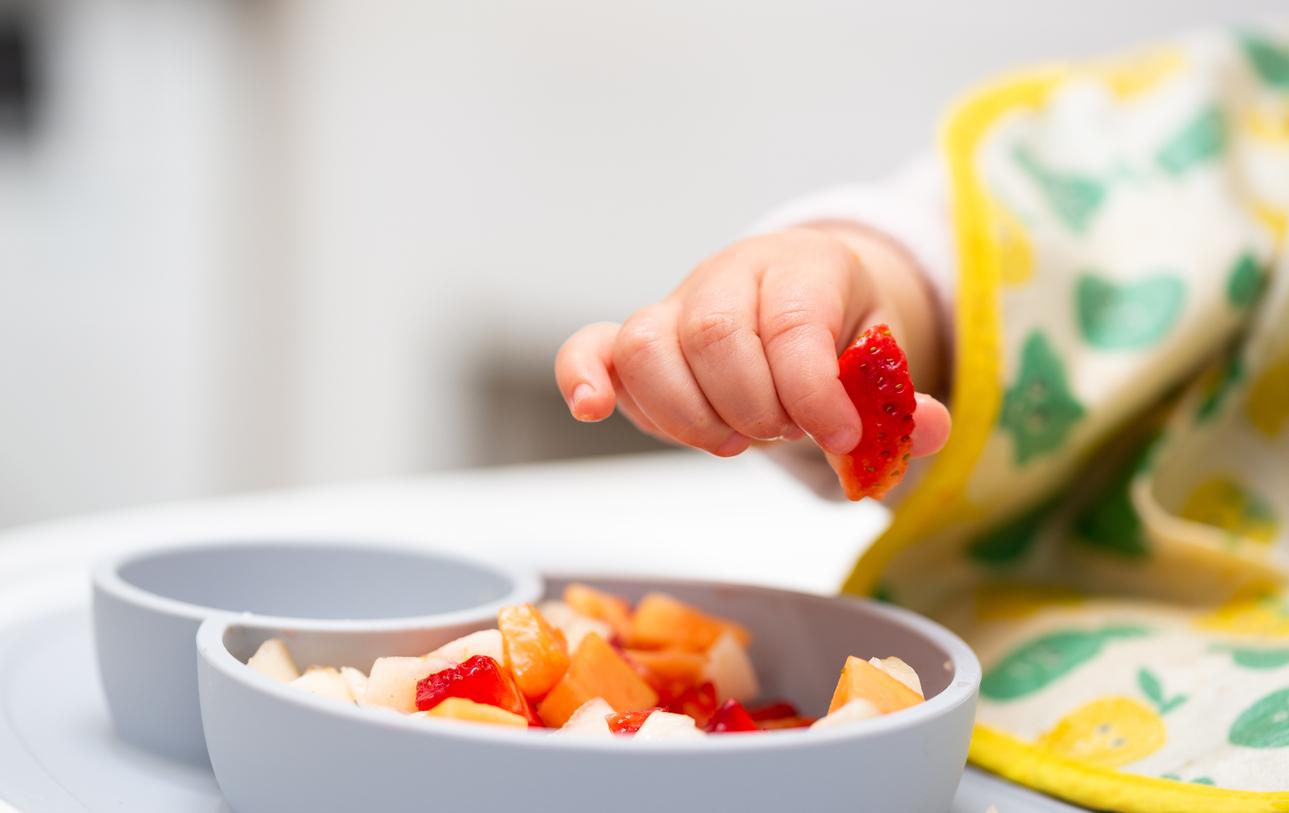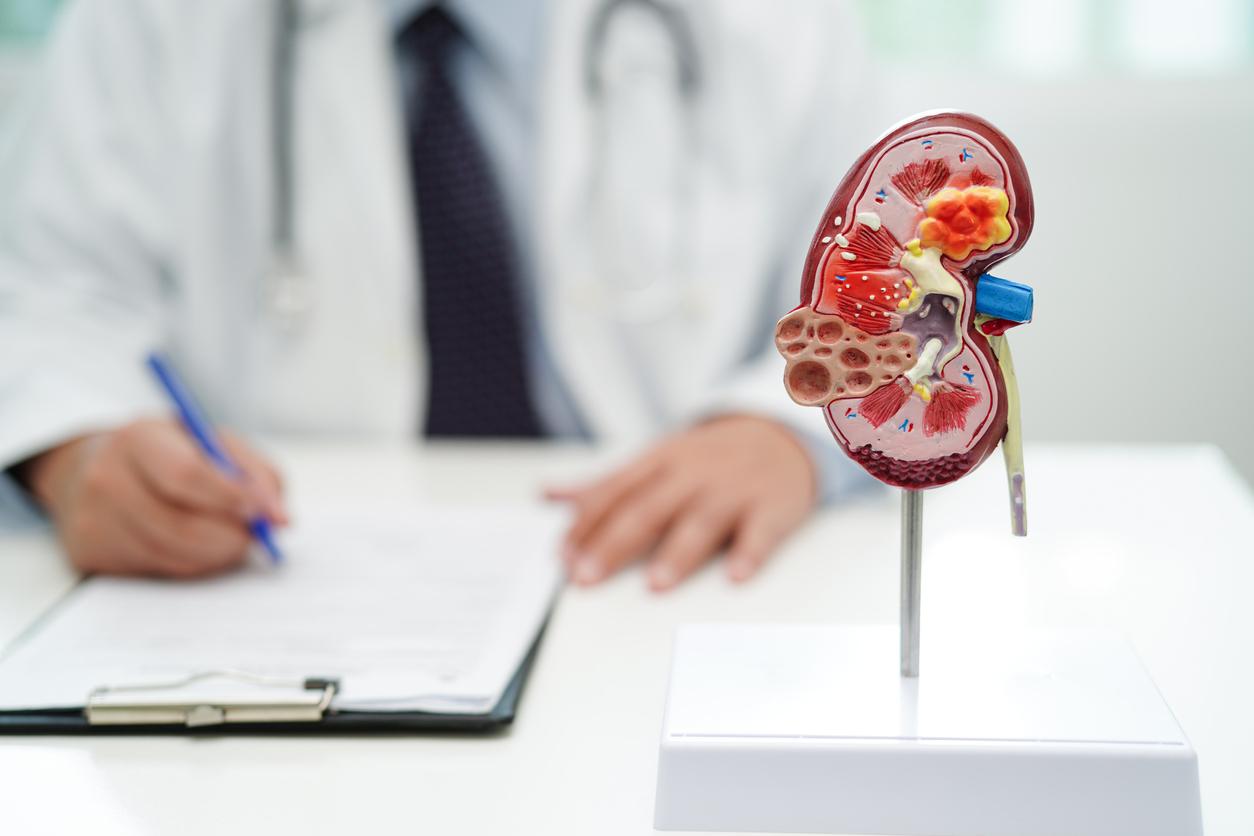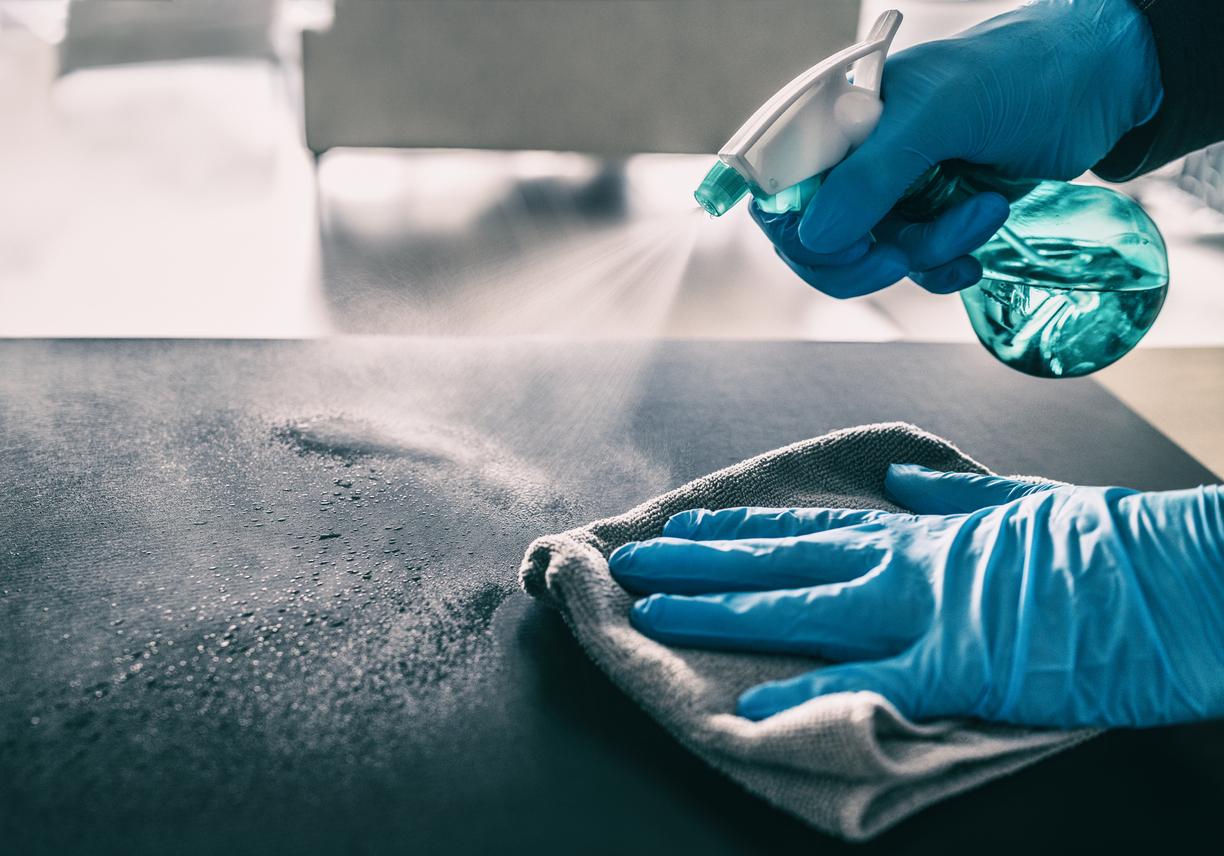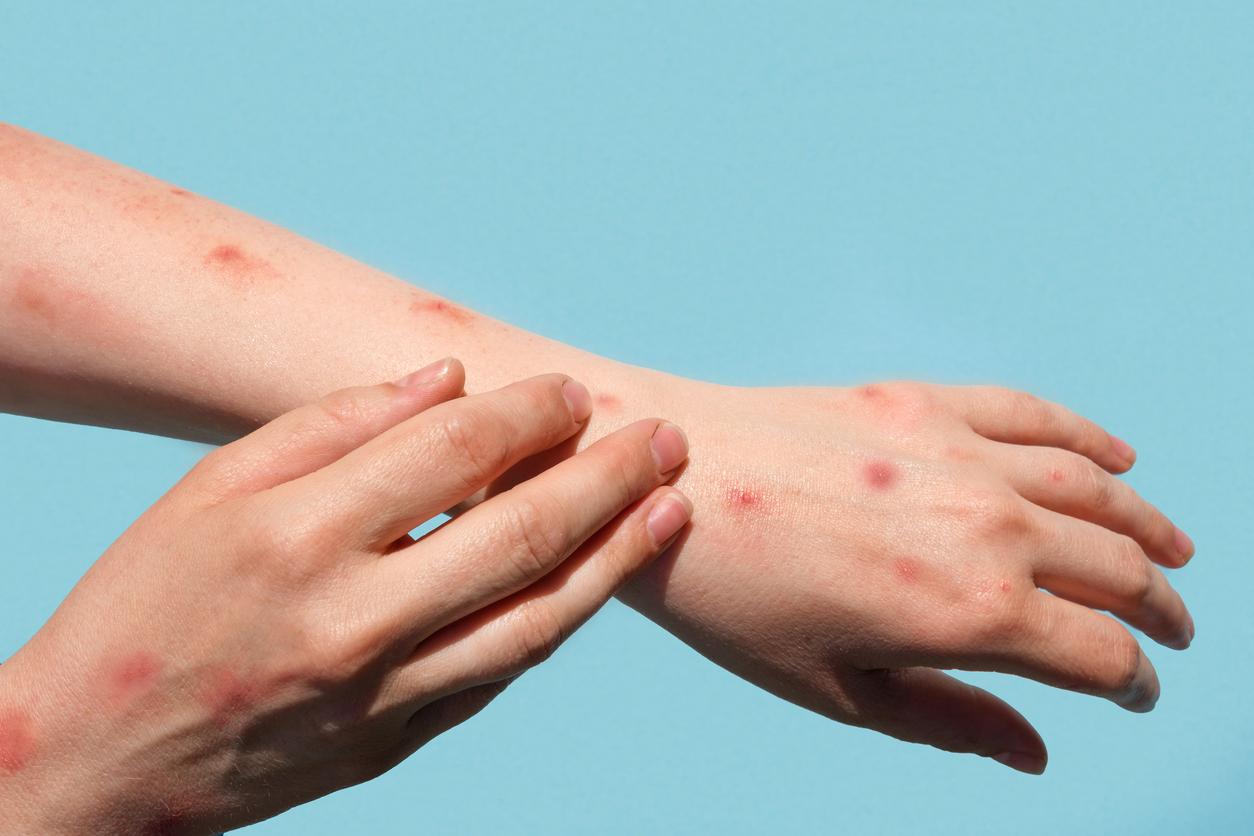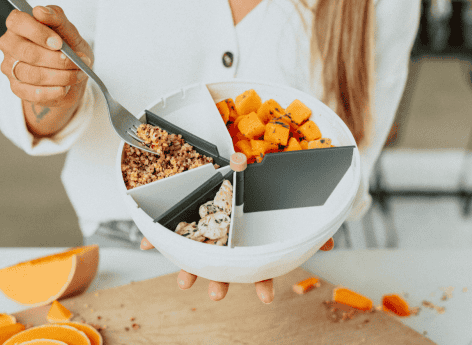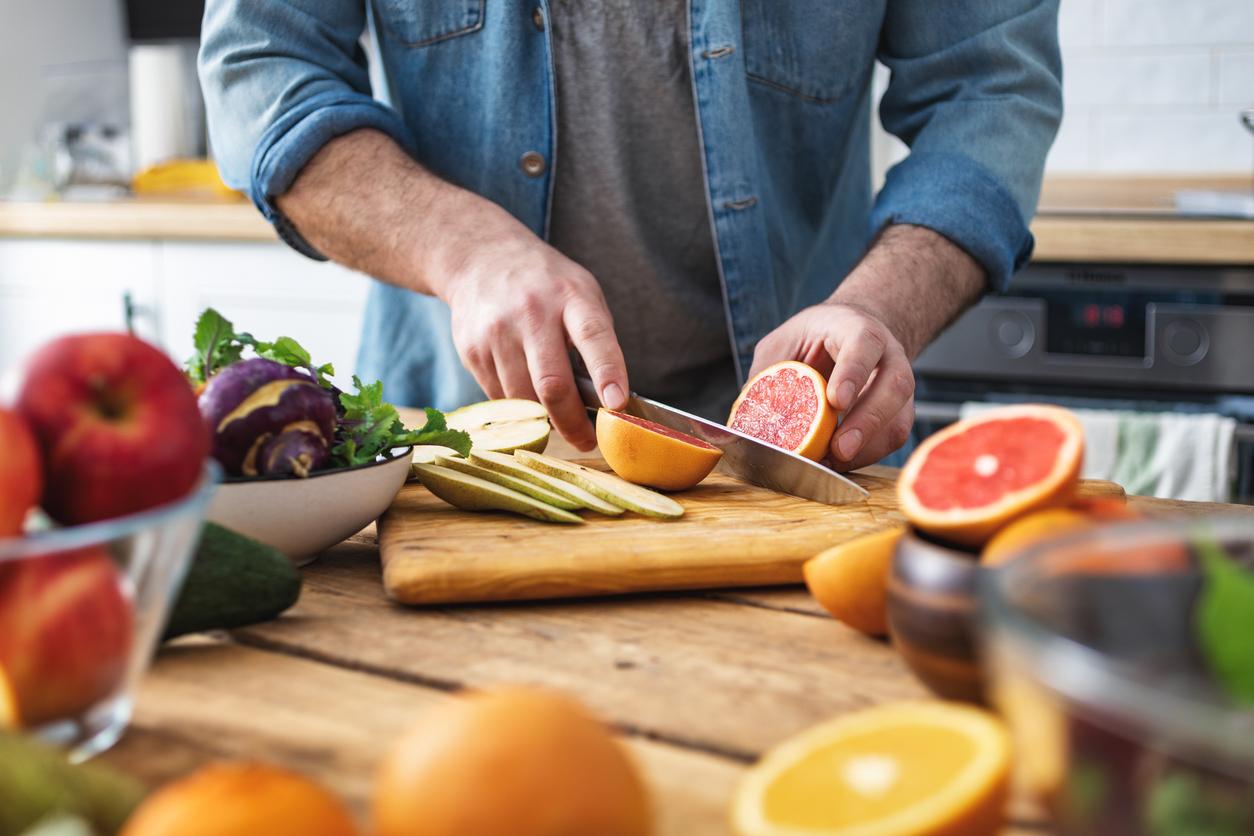
How long food and drink stays good depends on, among other things, the temperature in your refrigerator. It is set too warm in more than half of all Dutch kitchens, so that food poisoning is lurking. This is apparent from research by electronics chain BCC. Every day, about 1900 Dutch people become victims of this – often unnecessarily.
The right temperature
Storing food and drinks in a refrigerator that is too warm is one of the causes of food poisoning. The ideal temperature to set a refrigerator to is 4°C. Meat, in particular, has the longest shelf life at that temperature. From the research by BCC on the other hand, it turns out that in two out of five households the refrigerator is even set at 7°C or higher. At that temperature, the listeria bacteria multiplies twice as fast as at 4°C.
Food poisoning among seniors
Dutch people under the age of 50 store food in the refrigerator about 50 percent more often than Dutch people over 50 years of age. The second group therefore leaves it out of the fridge more often. Seniors also more often do not throw away products immediately after the expiry date: 32 percent of the younger group do this, while 22 percent of the older group does. This increases the risk of food poisoning.
What belongs in the fridge and what not?
Some foods need to be kept in the refrigerator, while others have a longer shelf life outside the refrigerator. For example, seven out of ten people keep apples out of the fridge, while they remain tasty for up to three weeks longer. Tomatoes, on the other hand, are better kept outside the refrigerator, because they lose their flavor less quickly.
Below you will find a chart about where the Dutch keep these products (inside or outside the fridge) and what the right place is.

Source: BCC.nl










